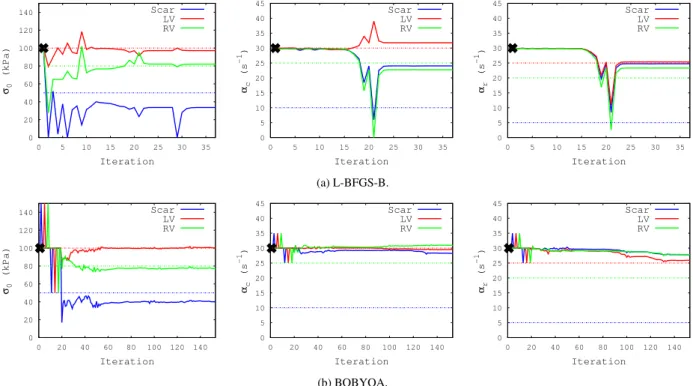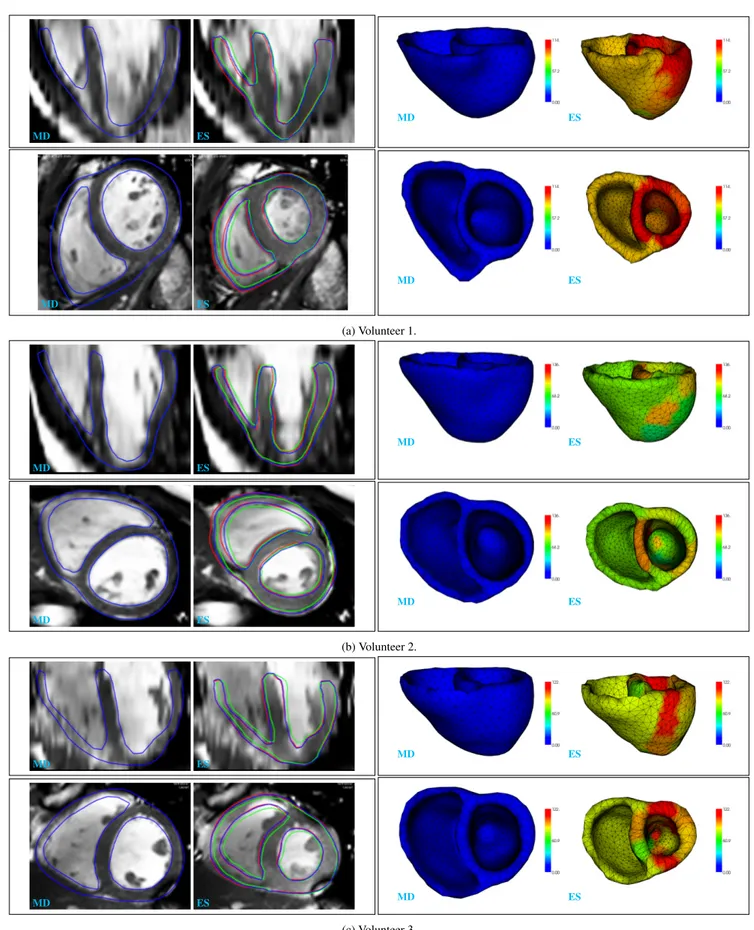Velocity-based cardiac contractility personalization from images using derivative-free optimization
Texte intégral
Figure

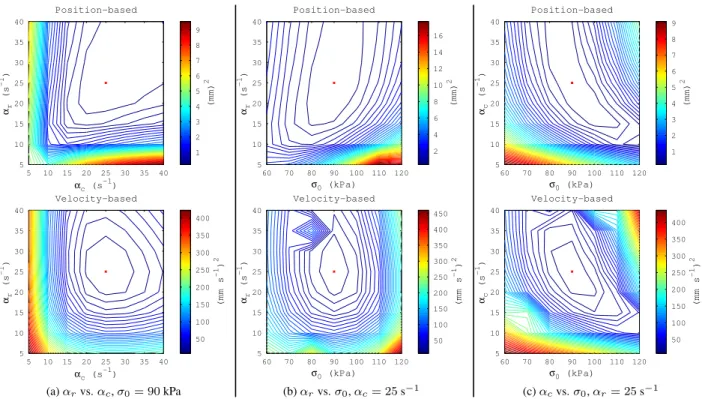
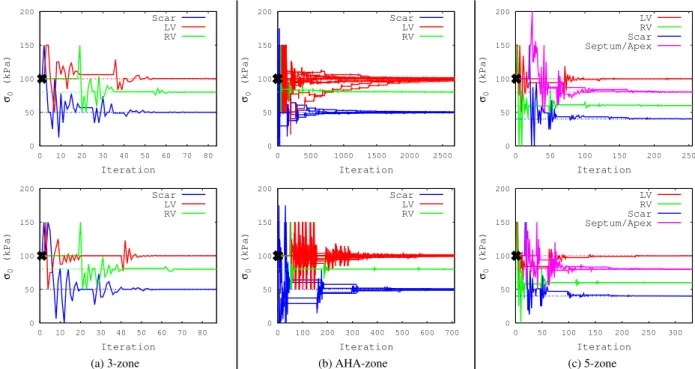
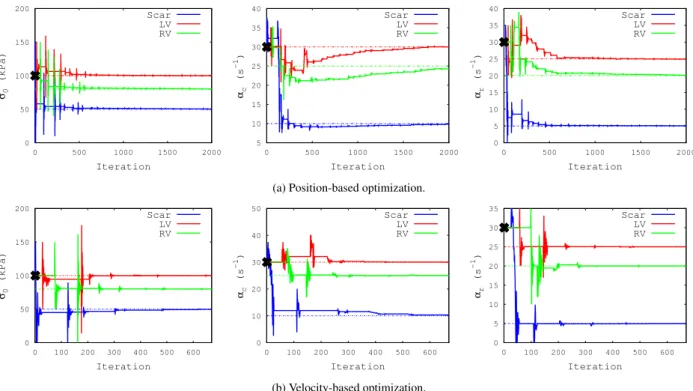
Documents relatifs
INDEX TERMS Brine dechlorination, control system synthesis, mechanistic model, model-based control, pH control, predictive control, real-time process control,
In Section 4 , we study the classical properties of the generalized expenditure function and we deduce that the generalized Hicksian demand is locally Lipschitz continuous.. The
In this paper, we use a genetic algorithm (GA) based optimization to generate a suitable configuration of the PLL-TRNG, such that it is secure and reaches high output bit rate..
The method is based on an adaptive strategy in the UQ loop to reduce the number of samples in the stochastic space for those designs that are not interesting for optimization
Randomized intergroup trial of first line treatment for patients < =60 years with diffuse large B-cell non-Hodgkin’s lymphoma (DLBCL) with a CHOP-like regimen
Keywords and phrases Approximate nearest neighbor, polygonal curves, Fréchet distance, dy- namic time warping.. Digital Object
L’archive ouverte pluridisciplinaire HAL, est destinée au dépôt et à la diffusion de documents scientifiques de niveau recherche, publiés ou non, émanant des
Our design of a Multi-Objective Gradient Descent (MOGD) solver uses carefully-crafted loss functions to guide gradient descent to find the minimum of a target objective while



